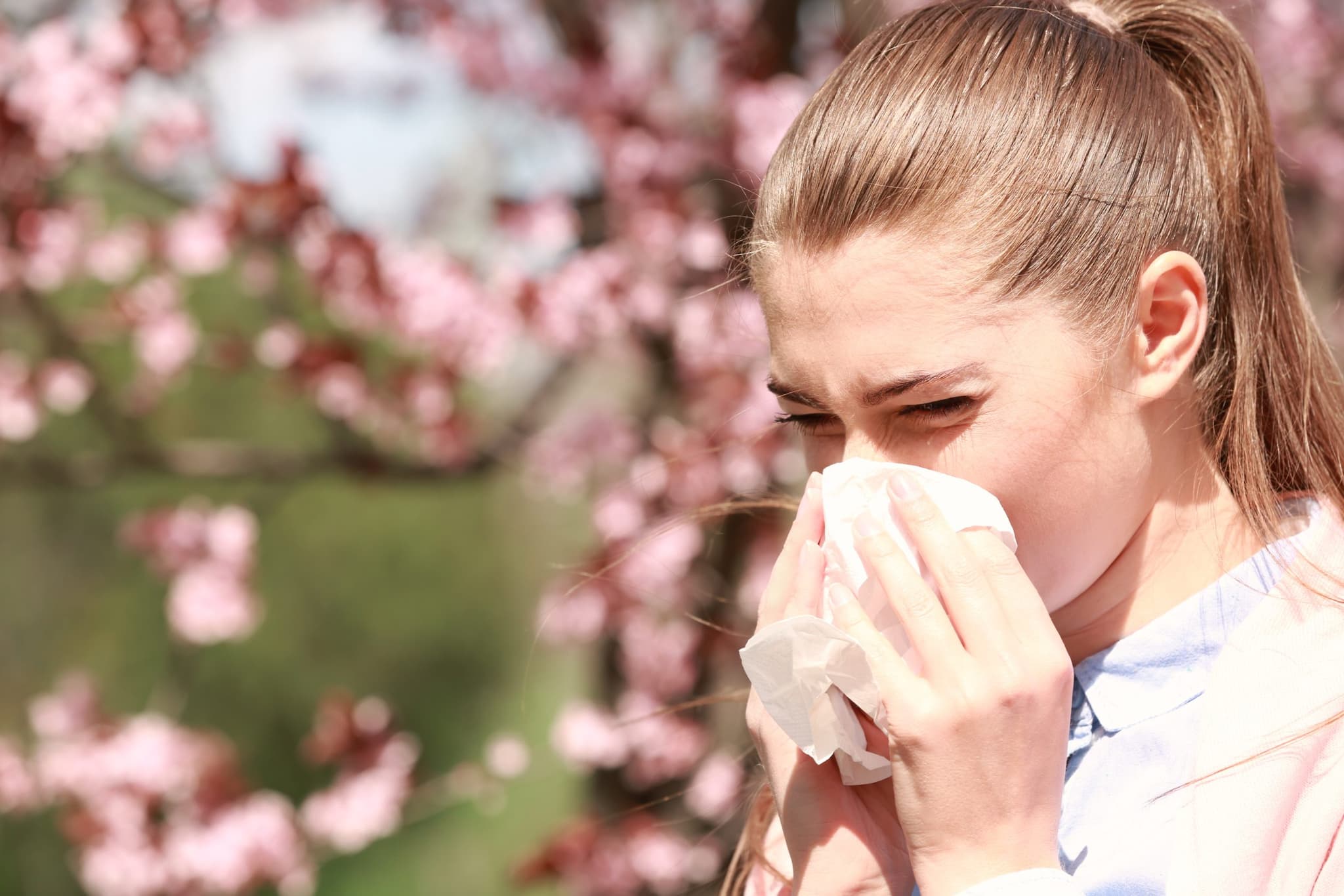
2023-05-19T11:00:36
Environmental allergy testing: What to expect and how to prepare
- Allergy and Immunology
April 19, 2016 | Allergy and Immunology
Specialties:Allergy, Asthma and Immunology

More than 50 million Americans have an allergy of some kind, and the number is increasing. WebMD cites “one estimate of the annual cost of allergies to the health care system and businesses in the U.S. to be $7.9 billion.” One out of every five people in the U.S. experience either allergy or asthma symptoms. That’s a lot of sneezing, wheezing and sniffling. But what causes these reactions?
Allergies tend to run in families. If you have one allergic parent, your odds of developing an allergy are 33 percent. If both parents suffer with allergies, your chances rise to 70 percent.
Although common symptoms of some types of allergies include sneezing, congestion and red eyes, “an allergic reaction is actually a result of a chain reaction that begins in your genes and is expressed by your immune system,” according to the American Academy of Allergy, Asthma & Immunology (AAAAI).
Something external — such as pollen, animal dander, a food or medication — triggers your immune system to react when you swallow it, inhale it or rub your skin against it. These irritants are called allergens. Your immune system perceives them as dangerous invaders and goes into overdrive to protect you from harm.
If you have one allergic parent, your odds of developing an allergy are 33 percent. If both parents suffer with allergies, your chances rise to 70 percent.
In response to the allergen, your body makes a protein called IgE, which grabs onto the allergen. Chemicals including histamine are released into your blood and cause the symptoms you experience. As the AAAAI explains:
“Each type of IgE has specific ‘radar’ for each type of allergen. That’s why some people are only allergic to cat dander (they only have the IgE antibodies specific to cat dander); while others have allergic reactions to multiple allergens because they have many more types of IgE antibodies.”
There are many different forms of allergic diseases, and it’s possible to experience more than one.
Allergic rhinitis often involves year-round symptoms including nasal congestion, sneezing and itchy eyes and mouth. It is frequently triggered by exposure to indoor allergens such as dust mites, indoor molds or pets. WebMD reports that 100 percent of all U.S. households have detectable levels of dog and cat dander, the tiny flecks of skin shed by all animals with fur and feathers. Studies show that 80 percent of the homes in the United States have detectable levels of dust mite allergen in at least one bed.
Seasonal allergic rhinitis, or “hay fever,” usually occurs in the spring, summer or fall and is triggered by the pollens, weeds, mold and grasses that bloom throughout the seasons.
Asthma is a chronic lung disease characterized by difficulty breathing caused by inflamed, narrowed bronchial tubes. Up to 78 percent of those with asthma also have allergic rhinitis.
Allergic conjunctivitis occurs when the eyes come in contact with allergens and turn red, itch and swell.
Urticaria, or hives, is often triggered by medications, foods or insect stings and are characterized by large or small itchy, red bumps.
Atopic dermatitis, or eczema, typically happens when your skin comes in direct contact with an allergen. You may experience reddening, itching and flaking or peeling. Symptoms arise in childhood for 80 percent of people with eczema, and 50 percent of these people also develop asthma.
Food allergies are caused by the immune system’s overreaction to a particular substance found in a food. Eight foods are responsible for 90 percent of the food allergies: the proteins in cow’s milk, eggs, peanuts, tree nuts, wheat, soy, fish and shellfish.
The AAAAI reports that there is a group of allergy triggers that are closely tied to particular seasons:
Smoke from summer campfires and winter fireplaces
Pine trees and wreaths from Thanksgiving to Christmas
Insect bites and stings
Chlorine in swimming pools and hot tubs
Do you suspect that someone in your family is suffering from an undiagnosed allergy? Revere Health Allergy and Immunology providers have over 30 years of combined experience and specialized training in diagnosing and treating allergic and immunologic disorders. We serve pediatric and adult patients in two Utah locations, using the most comprehensive and up-to-date medical therapies.
WRITTEN BY:
The Live Better Team

2023-05-19T11:00:36

2018-06-13T12:00:19

2018-05-09T12:00:57

2018-04-11T11:00:42
This information is not intended to replace the advice of a medical professional. You should always consult your doctor before making decisions about your health.